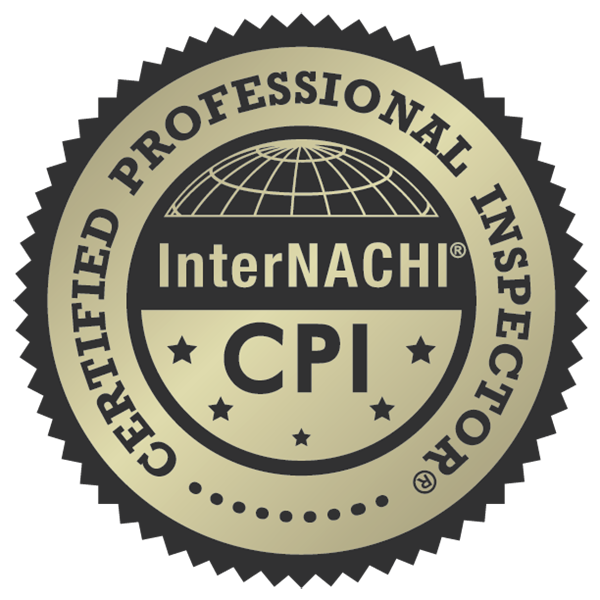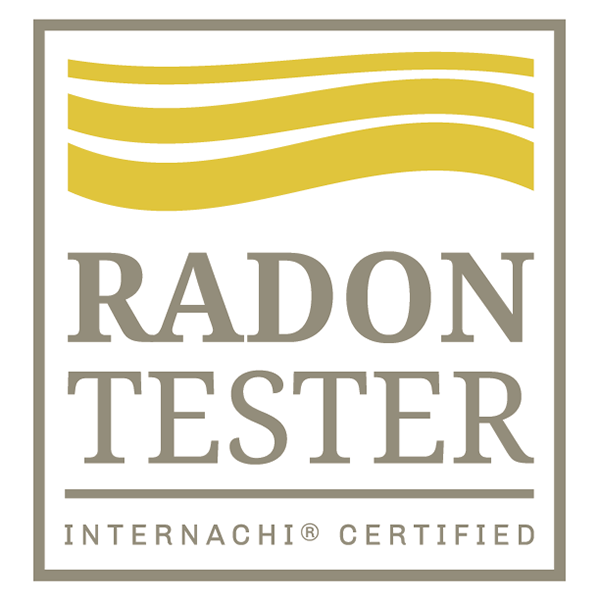Get in touch
555-555-5555
mymail@mailservice.com
Journal
Tips and tricks to help you during this journey. Learn about real estate, property management and everything in between.

By zack Davidson
•
17 Feb, 2023
When it comes to building or renovating a home, one crucial aspect to consider is insulation. Insulation helps to regulate the temperature inside the home, reducing energy costs and keeping the home comfortable year-round. However, insulation alone is not enough to prevent moisture from penetrating the home, which can lead to a host of problems, including mold, mildew, and even structural damage. This is where a vapor barrier comes in. A vapor barrier is a material that is designed to prevent moisture from entering the home. It is typically installed between the insulation and the interior wall, ceiling, or floor. The vapor barrier can be made from a variety of materials, including polyethylene, foil, or asphalt-coated paper. Here are some of the benefits of installing a vapor barrier under a home. Prevents Moisture Buildup One of the primary benefits of a vapor barrier is that it prevents moisture from building up in the home. When moisture enters the home, it can create an ideal environment for mold and mildew to grow. Over time, this can lead to health problems for the home's occupants and even structural damage. By installing a vapor barrier, you can help prevent moisture from entering the home, keeping the space dry and healthy. Improves Indoor Air Quality In addition to preventing mold and mildew growth, a vapor barrier can also improve the indoor air quality of the home. When moisture enters the home, it can bring with it allergens and pollutants, which can affect the health of the home's occupants. By preventing moisture from entering the home, a vapor barrier can help keep the air clean and healthy. Reduces Energy Costs Another benefit of a vapor barrier is that it can help reduce energy costs. When moisture enters the home, it can affect the insulation's effectiveness, reducing the home's energy efficiency. By preventing moisture from entering the home, a vapor barrier can help ensure that the insulation remains effective, reducing the need for heating and cooling systems to work harder to maintain a comfortable temperature. Protects the Home's Structure Finally, a vapor barrier can help protect the home's structure. Moisture can weaken the wood and other materials that make up the home's structure, leading to structural damage over time. By preventing moisture from entering the home, a vapor barrier can help ensure that the home remains structurally sound for years to come. In conclusion, installing a vapor barrier under a home is a wise investment that can bring a range of benefits. From preventing moisture buildup and improving indoor air quality to reducing energy costs and protecting the home's structure, a vapor barrier can make a significant difference in the health and longevity of a home.

By zack Davidson
•
10 Jan, 2023
Flashing is a vital component of building construction that provides a waterproof barrier between different components of a building. It is typically made of metal or other materials and is used in various locations on a building to prevent water from entering and causing damage. One of the most common locations for flashing is around windows and doors. When windows and doors are installed, they create small gaps between the building and the frame, which can allow water to seep inside. Flashing is used to seal these gaps and prevent water from entering. This is particularly important in areas with high rainfall or frequent storms. Another location where flashing is commonly used is in roofing. Flashing is used to prevent water from entering the building where the roof meets a wall or chimney. Without flashing, water can easily enter the building through these gaps, causing water damage and mold growth. In addition to its waterproofing capabilities, flashing is also used to direct water away from the building. For example, in roofing, flashing is often installed along the edge of the roof to direct water into the gutters and away from the building. This helps to prevent water from pooling on the roof, which can cause structural damage over time. There are several types of flashing available, each designed for specific applications. The most common types of flashing include: Drip edge flashing - installed along the edge of a roof to direct water into the gutters. Step flashing - installed where a sloped roof meets a vertical wall to prevent water from entering the building. Valley flashing - installed in valleys on a sloped roof to direct water away from the building. Cap flashing - installed over the top of a wall to prevent water from entering through the gaps between the wall and the roof. In conclusion, flashing is an essential component of building construction that provides protection against water damage. It is used in a variety of locations on a building, including windows, doors, and roofing. There are several types of flashing available, each designed for specific applications, and it is important to choose the right type of flashing for each location to ensure proper waterproofing and protection.





